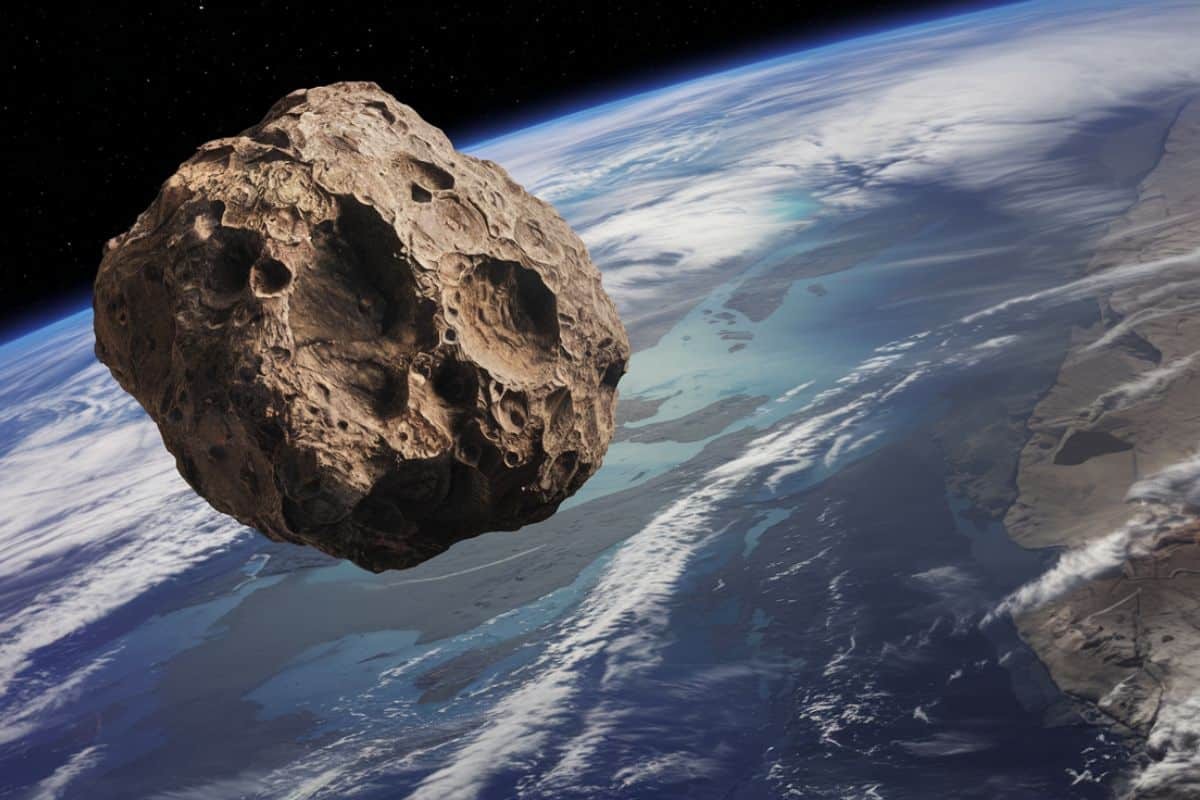‘City-Killer’ Asteroid Could Strike Earth by 2032: NASA Monitoring Situation Closely

Washington, D.C. (AFP) — Scientists are keeping a close watch on a newly detected asteroid, named 2024 YR4, which has a 1.6 percent chance of colliding with Earth on December 22, 2032. Measuring between 130 and 300 feet (40 to 90 meters) wide, the asteroid could cause catastrophic damage if it strikes a populated area.
Described as a “city killer” by experts, the asteroid's impact could unleash an explosion more than 500 times the power of the Hiroshima bomb.
Rare Discovery by Chilean Observatory
The asteroid was first observed on December 27, 2024, by the El Sauce Observatory in Chile. Days later, it was flagged as an object of concern by Kelly Fast, acting planetary defense officer at NASA.
“You get observations, and they often drop off. But this one looked like it had the potential to stick around,” Fast said.
The situation became more concerning when the International Asteroid Warning Network (IAWN) issued a risk memo on January 29, 2025, based on NASA’s latest trajectory analysis.
Potential impact zones include the eastern Pacific Ocean, northern South America, the Atlantic Ocean, Africa, the Arabian Sea, and parts of South Asia, according to IAWN data.
Tracking the Threat
2024 YR4 follows a highly elliptical four-year orbit that takes it from the inner planets out toward Jupiter. It is currently moving away from Earth, with the next close approach projected for 2028.
Bruce Betts, Chief Scientist of The Planetary Society, emphasized that the situation is not yet cause for alarm.
“The odds are very good that this asteroid will not hit Earth. Over time, that probability will likely drop to zero,” Betts said, referencing a similar scare involving the asteroid Apophis in 2004.
Initially believed to have a 2.7 percent chance of striking Earth in 2029, Apophis was later ruled out as a threat following additional observations.
Destructive Potential
If 2024 YR4 were to impact Earth, it could cause devastation comparable to the Tunguska Event of 1908, when a space object measuring 30 to 50 meters exploded over Siberia. The blast flattened 80 million trees across 770 square miles (2,000 square kilometers).
Experts predict that 2024 YR4 would detonate in the atmosphere, producing an airburst equivalent to eight megatons of TNT — significantly more powerful than the Hiroshima explosion.
Andrew Rivkin, a planetary astronomer at Johns Hopkins Applied Physics Laboratory, noted that while oceanic impacts may be less destructive, they could still trigger tsunamis if near coastal regions.
Plans to Prevent Impact
With eight years to prepare, scientists are optimistic about mitigating the threat.
NASA's successful DART mission in 2022 demonstrated the feasibility of using a spacecraft to nudge an asteroid off its path, a strategy known as a kinetic impactor.
“I don’t see why it wouldn’t work again,” said Rivkin.
Other experimental solutions include using lasers to vaporize part of the asteroid, creating thrust to change its trajectory, or deploying a gravity tractor — a spacecraft designed to pull an asteroid off course using its gravitational force.
Fast emphasized that even in the worst-case scenario, authorities would have enough time to organize evacuations.
“There’s no reason for fear,” she said. “We have the tools to track, predict, and respond.”
















तपाईको प्रतिक्रिया दिनुहोस